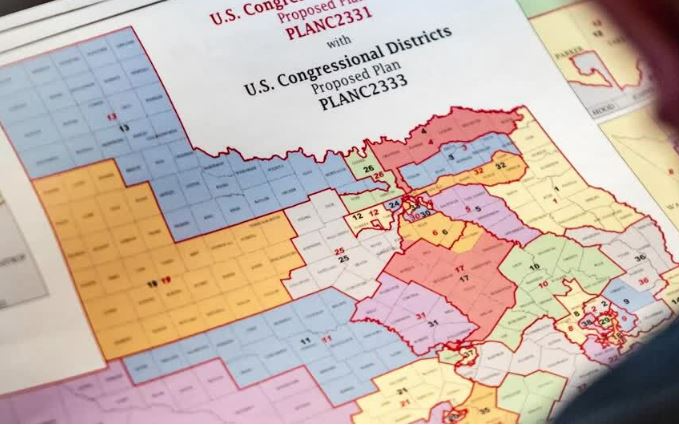德州国会议员重划区成定局

Texas Congressional Redistricting Finalized
On August 20, 2025, Texas politics reached a decisive turning point. After two weeks of Democratic lawmakers staging a walkout in protest, the Texas House of Representatives voted 88 to 52 along party lines to approve House Bill 4, a mid-decade redistricting plan championed by Republicans with the strong backing of President Trump. The move cements a new congressional map that tilts heavily in favor of the GOP and sets the stage for high-stakes battles in the 2026 midterm elections.
What the New Map Means
The redistricting plan redraws congressional boundaries across the state and is projected to create up to five additional Republican-leaning districts. These new lines are largely carved out of Democratic strongholds in urban and suburban areas, effectively undercutting their influence. Supporters argue the changes reflect “fair adjustments” to shifting demographics, while critics denounce it as blatant partisan gerrymandering.
Legal and Civil Rights Challenges
Democrats and civil rights groups are preparing legal challenges, contending that the new map dilutes the voting power of minority communities, particularly in regions like Houston, Dallas, and San Antonio, where Latino, Black, and Asian American populations have been growing. Opponents warn the plan may violate the Voting Rights Act, by dispersing minority voters into multiple districts to weaken their representation in Congress.
National Fallout
The approval of the Texas plan reverberates beyond state lines. Democratic-led states such as California have already signaled intentions to redraw their own congressional maps in response, vowing to counterbalance Texas’s shift toward Republican dominance. This escalating “map war” underscores that redistricting is no longer just a state matter—it has become a national battleground in the red-blue struggle for power.
What Lies Ahead
Governor Greg Abbott is expected to sign the bill into law swiftly, locking in the new congressional map. Yet the story is far from over. The coming months and possibly years will see the fight move into the courts, where judges will determine whether the map can withstand constitutional and civil rights scrutiny.
Regardless of legal outcomes, one reality is already clear: Texas’s redistricting fight has deepened the partisan divide and set the tone for the 2026 elections.






























